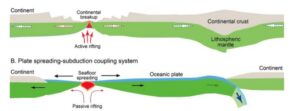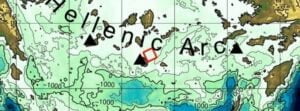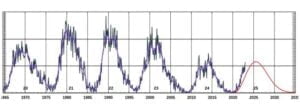Researchers identify small signals in the corona to improve solar flare predictions
A team of scientists from NorthWest Research Associates (NWRA) have made a breakthrough discovery in the study of solar flares, using data from NASA’s Solar Dynamics Observatory (SDO). The researchers found small signals in the upper layers of the solar atmosphere, known as the corona, that can indicate which regions on the Sun are more likely to produce solar flares.










